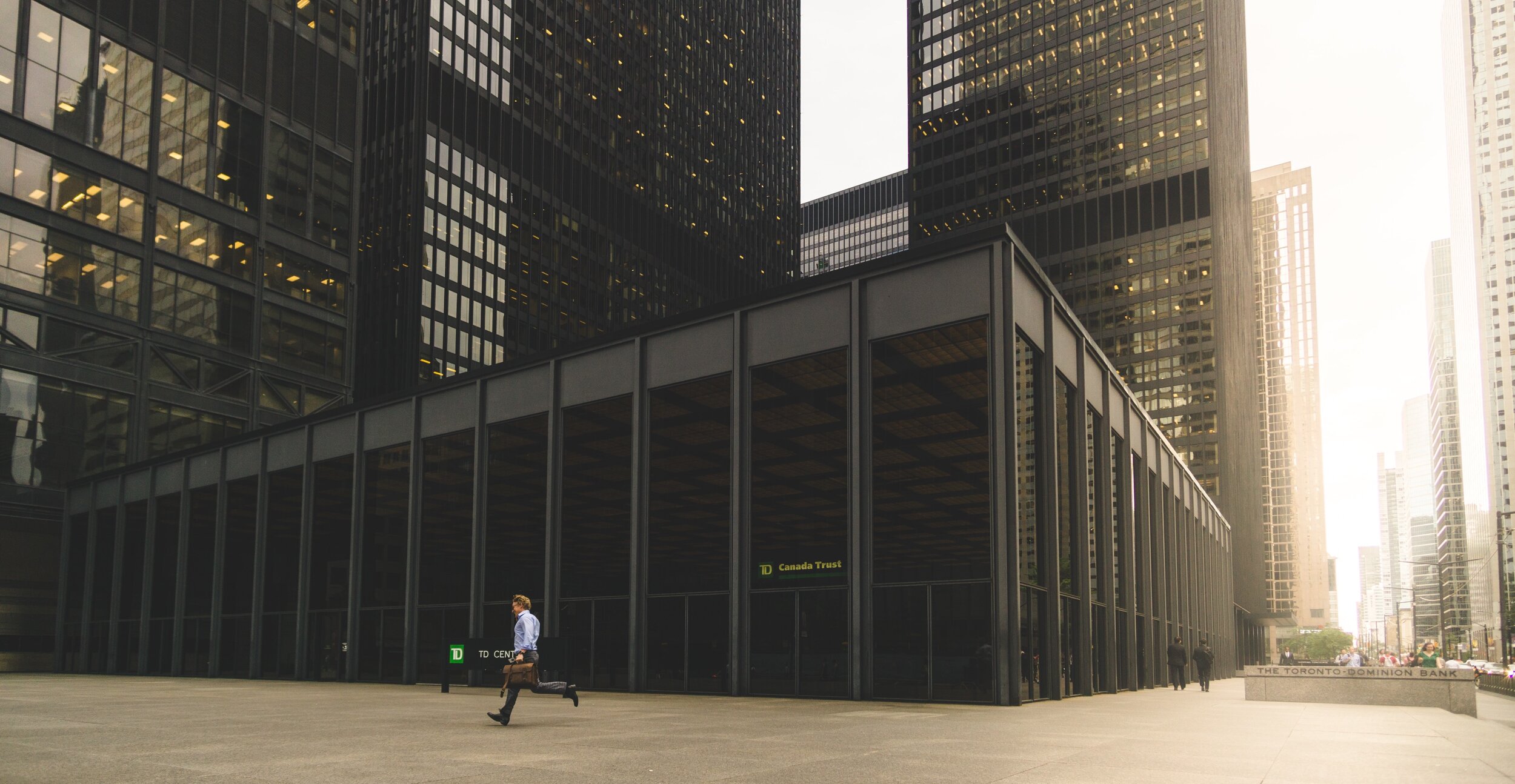
How will your organisation respond to a disaster?
Most organisations have been impacted by the COVID-19 pandemic and it is likely we will be feeling the impact for years to come. An unusual feature of crises caused by pandemics is that most critical decisions are made by Governments and Health authorities. At these times, the role of the Crisis Management Team is to ensure the organisation and its staff comply with the rules set by the Health authorities.
However, if your organisation is responsible for the crisis, then the decisions have to be made by your leadership team. In addition, if your organisation is weakened by a crisis of its own making, customers and competitors will be considerably less accommodating than they were during the pandemic.
If your organisation suffers a fire, flood or a serious cyber security incident – is your senior leadership team ready to manage the crisis efficiently to ensure that the impact of the disaster is minimised?
We can help you do this in three simple steps:

step one
Establish what’s important to your organisation
We will help you identify the Prioritised Activities in your organisation. These are the activities that need to be recovered first after a disruption. We will focus on the resources these activities use – such as staff, IT systems, buildings etc. We will also help you identify resources that are a single point of failure. All this information is summarised in a BIA.

step two
How will you recover if you suffer a disruption?
In order to recover your Prioritised Activities in a time that minimises the damage to your organisation, your staff will need to have access to procedures that will be used to re-establish your services after the disruption.

step three
Exercising is key
Once the recovery procedures and plans are completed, we will facilitate an exercise that simulates a disaster and helps your executives and staff navigate their way through the simulated crisis. Exercising is critical, because you will want to uncover weaknesses in your approach before a real crisis strikes!
We recommend...

APRA regulations for the financial services sector
If your company is an Authorised Deposit Taking Institution, General Insurer, Superannuation company, Life Insurer or Friendly Society and regulated by the Australian Prudential Regulation Authority (APRA) - you are subject to a number of Prudential Standards. Here’s an explainer of the standards that address risk management, resilience and recovery. We’ve also listed the relevant ASIC and ASX rules for the financial services sector and for listed companies.
A global shortage of one crucial piece of technology is causing delays in everything from cars and televisions to video game consoles and Australia’s National Broadband Network rollout.
Use your 2020 experience to re-asses the resilience of your organisation. The WEF Global Risks Report 2021 has identified the top three risks to focus on: supply chain, cyber and climate change.
After a brutal first six months of the year, governments across the world are hoping for an economic bounce-back. Rich-world gdp fell by about 10% in the first half of 2020. Yet much has changed since—including that more people are now wearing masks. Economists, obsessed with translating everything into gdp, wonder if more widespread face-covering could help the recovery.
Cybersecurity oversight is a key fiduciary responsibility for a board of directors and was a significant concern for companies even before the COVID-19 pandemic forced so many organizations to suddenly shift to remote work. Data breaches and other cyber threats pose significant competitive, reputational, and litigation risks and require increasingly costly investments to prevent, detect, and respond to. Changes in the environment as a result of the pandemic have created new risks that need to be managed with board oversight.
“It’s an intriguing approach that illustrates the type of novel approaches to scalable community testing that might be used as a community opens up,’’ Doherty Institute co-deputy director Mike Catton told The Age and The Sydney Morning Herald.
A very useful, locally produced web site that provides daily information on the pandemic nationally.
“We argued in the original preprint version of this article on 17 July that Melbourne and Victoria should not waste the opportunity that the (then) 6-week lockdown presented and go hard and early. By learning from the lessons on social and preventive measures to lower SARS-CoV-2 transmissibility (7,8,12,14), and specifically the lessons from NZ (3), Taiwan and the six Australian jurisdictions that have achieved elimination, Victoria could have increased its chances of also eliminating community transmission.”
“The University of Melbourne model suggests that if we ease restrictions when there is a fortnightly daily case average of 25, there is a 6 in 10 chance of having to lock down again before Christmas.”
"This has been a really strong evolution going from the 80s, the 90s, the 2000s, to take fat out of the supply chain, to tighten down everything," says supply-chain management expert Rich Weissman. He says in the past 10 years companies have come to really rely on analytics to fine-tune supply chains to make sure that supply and demand absolutely line up. And that's where I think we've gone too far.”
The heavy dependence on China across industry verticals is an obvious example of the sole-sourced nature of today’s supply chains.
"It suggests that climate-related risks and pandemics such as Covid-19 have similarities. Both are massive global negative externalities and both are related to changes in our natural ecosystems. In addition to the extensive economic and financial damage they both produce, both directly affect human lives and thus could be classified as Green Swans. And, for both, there is a discrepancy between how scientists warn us about the quasi-certainty of their occurrence and how we fail to systematically consider their potentially huge costs and integrate them into risk frameworks and final prices."





























